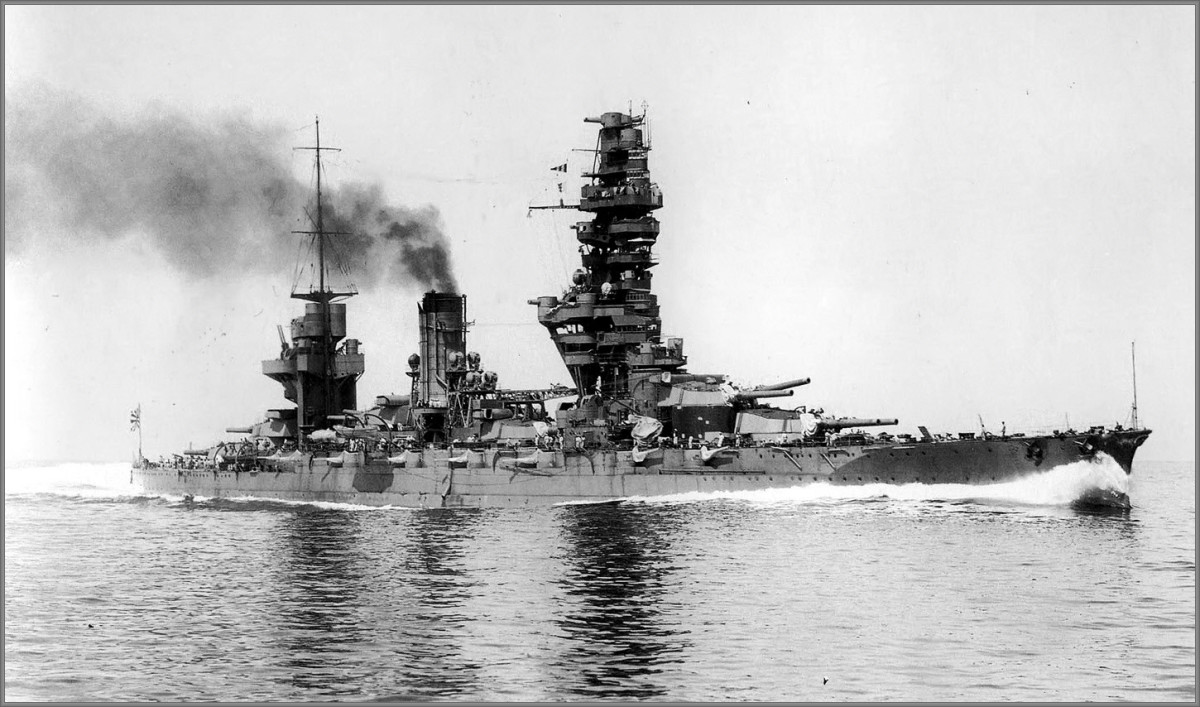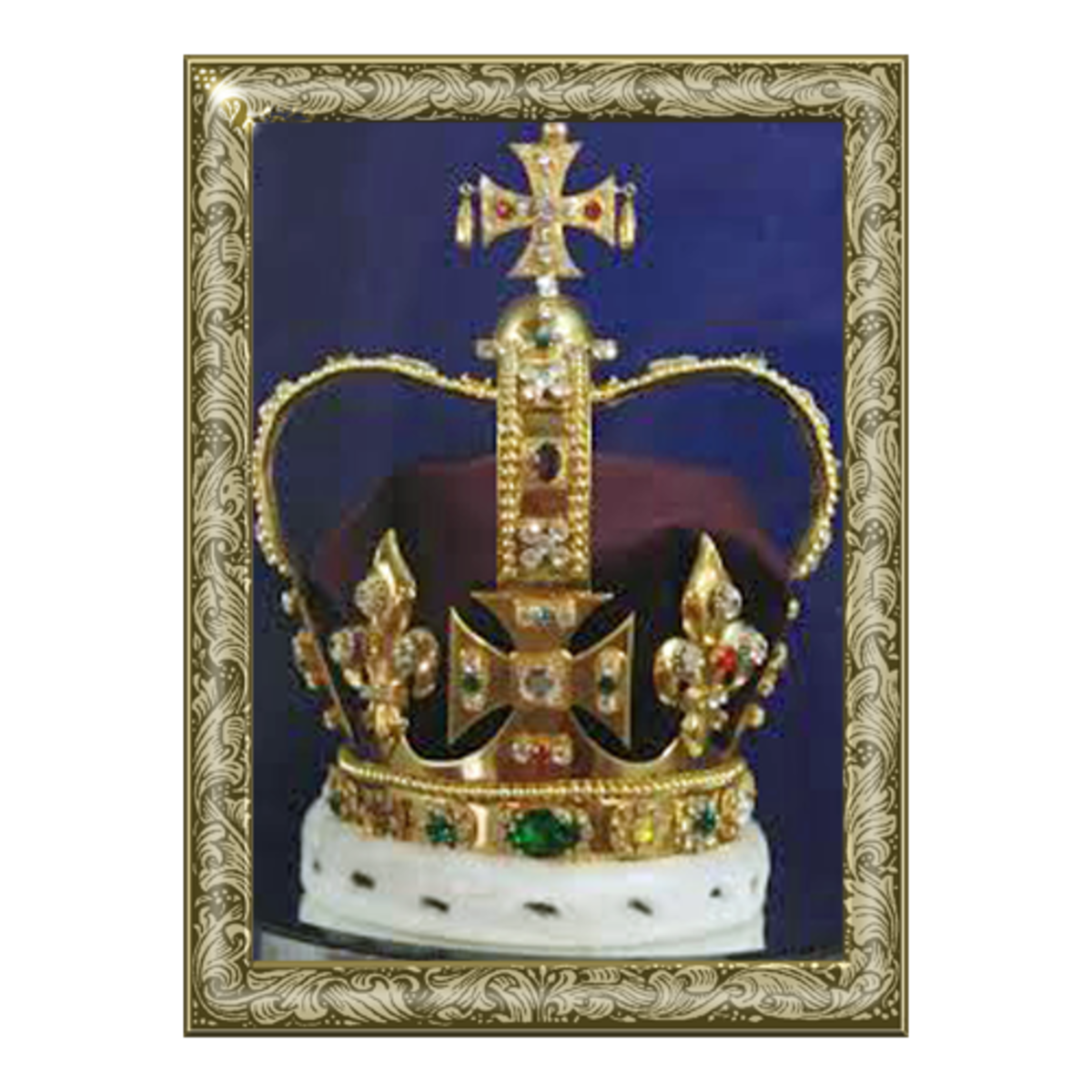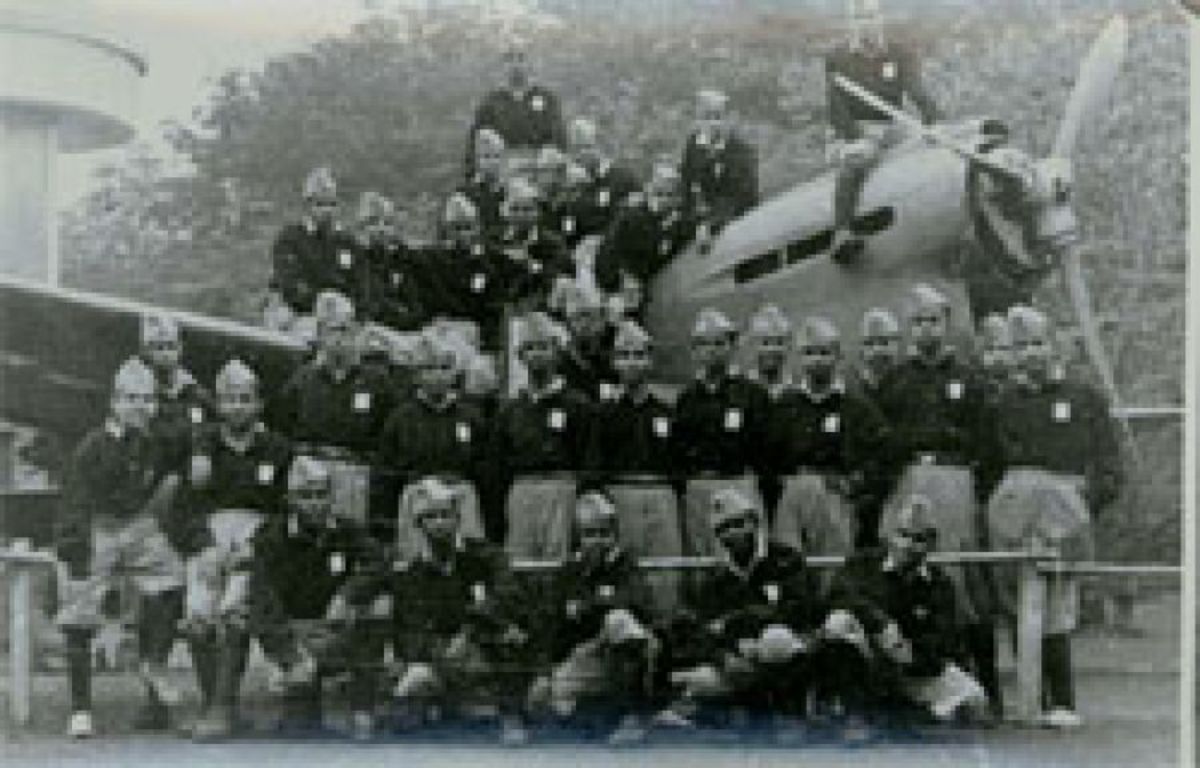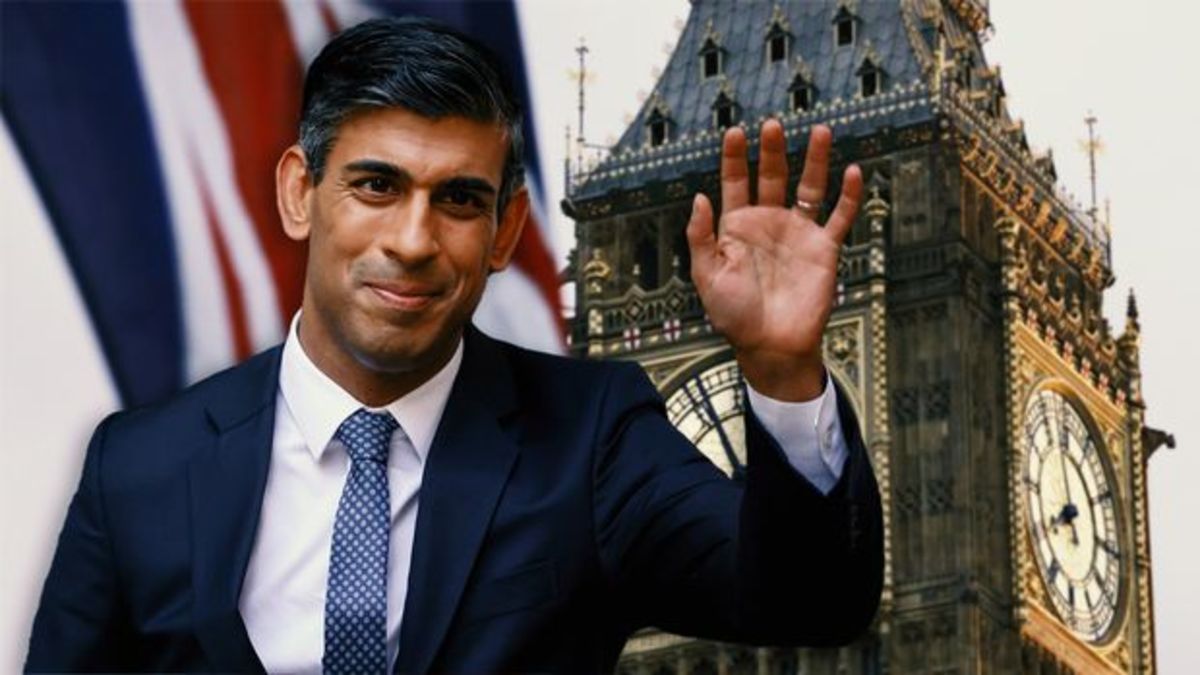Heritage - 38: What Price Treason? Selling Sea-Borne Warfare Secrets to a Potential Enemy

Joker in the pack?
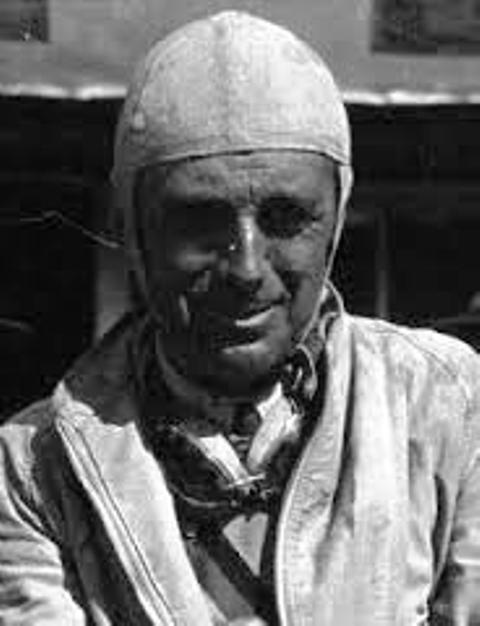
Treason: the definition according to the law
Treason, the definition according to the Concise Oxford Dictionary, Ninth Edition:
"...violation of a subject of allegiance to the sovereign or to the State, esp. by attempting to kill or overthrow the sovereign or to overthrow the government..."
*The crime of petty treason was abolished in 1828 (in the United Kingdom). this is why the term high treason, originally distinguished from petty treason, now has the same meaning as treason
Prelude to Treason - a glittering flying career

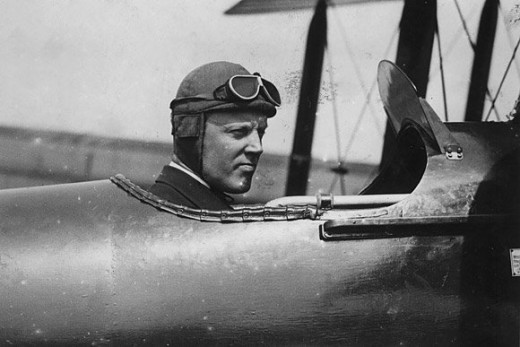
William Forbes-Sempill, 19th Lord Sempill, AFC, AFRAes, b.24th September, 1893, d. 30th September, 1965
Scottish peer and record-breaking air pioneer - later proved to have committed treason for financial gain, passing naval air secrets to the Imperial Japanese military authorities before and in the course of World War Two. Eton education led Sempill to a high-flying career as a pilot with the Royal Flying Corps. He then transferred to the Royal Naval Air Service (RNAS), and on to the Royal Air Force near the end of World War One. A busy life indeed!
Sempill led led an officially sanctioned military mission to Japan, an ally during WWI, that showcased the latest British military aircraft. He would go on to aid the Imperial Japanese Navy in the inter-war development of its naval air wing, selling secrets in the 1920s. Although his activities were monitored by British military intelligence Sempill was never brought to book, and allowed to go on with his public life. The decision not to curtail his actions was made by Winston Churchill, Prime Minister from 1940 after his predecessor Neville Chamberlain stood down under a vote of no confidence. Churchill's decision was made in view of several factors. Firstly, it would have alerted the Japanese to British successes in breaking their naval codes. Secondly Sempill was part of the British Establishment with personal links to the Royal Family. He was eventually obliged to retire from the Royal Navy in 1941 after the official discovery of his passing on secret material to Tokyo days after the attack on Pearl Harbour early in December, 1941.
Sempill's title as eldest son was 'Master of Sempill' before succeeding his father as Lord Sempill and Baronet of Craigievar in 1934.
Let's take a broad look into his inter-war past. On leaving Eton Sempill was apprenticed to Rolls-Royce in 1910. He wedded Eileen Marion Lavery, daughter of the Irish painter Sir John Lavery in 1919. They had a daughter, Anna Moira, born 1920.
In 1920 he led a civilian British deputation of former naval airmen to Japan, as already indicated a former war ally and potentially lucrative trading partner. The Air Ministry and Foreign Office saw the prospect of arms contracts with the Japanese to help develop aircraft carriers, and to help the Japanese Navy to set up its new air base after the sale of three Supermarine Channel flying boats. Sempill was well respected therefore within Japanese circles, to the extent of receiving a personal letter of thanks (his role described as 'epoch-making') from Prime Minister - former Naval Chief - Tomosaburo Kato for his contribution to assisting the Imperial Japanese Navy.
Naval links forged with Japan after WWI
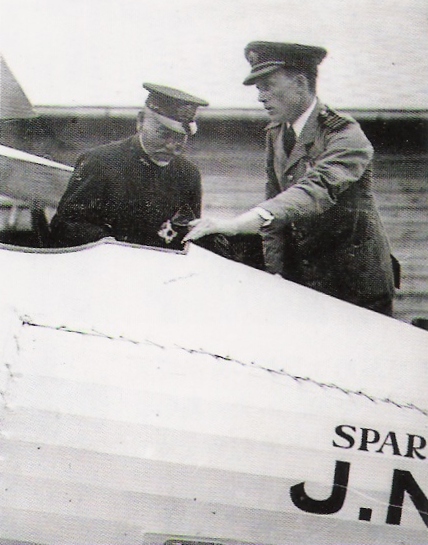
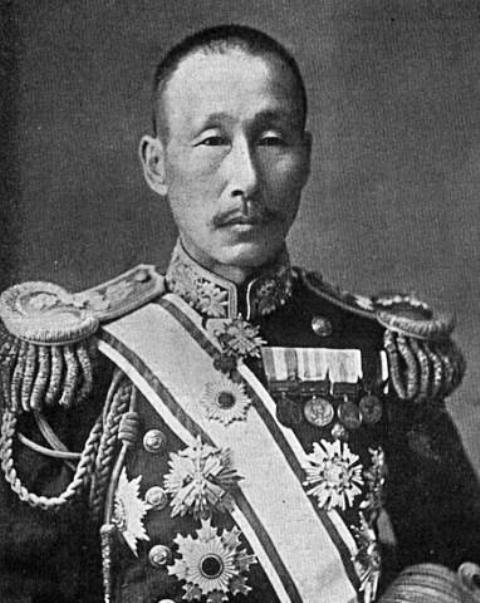
With the termination of the Anglo-Japanese alliance in 1921...
...Sempill was meant to have cut ties and technical discussions with the Japanese military, regarding naval aviation technology and strategy. On returning to Britain he kept in contact with the Japanese Foreign Ministry and military through their embassy in London.
In 1925 Sempill accompanied a delegation of foreign air officials to the Blackburn aircraft factory at Brough (pron. 'Bruff') near Hull in the East Riding of Yorkshire. The Japanese had previously asked questions about particular types of aircraft being developed. Sempill put those same questions in his official capacity, about the then 'secret' Blackburn 'Iris' seaplane undergoing trials.
The Directorate of Military Intelligence had kept a surveillance on Sempill's communications with the Japanese Intelligence Officer/Naval attache in London, Captain Teijiro Toyoda. This led to observations that he passed classified information to the Japanese which Toyoda's communications indicated had been paid for. MI5 (Military Intelligence, Dept. 5) applied for and received permission to tap Sempill's telephone line and noted that his valet or manservant was a Japanese naval rating. In March, 1926 Sempill was proposed by the Aviation Ministry for an appointment as Greece's aeronautical adviser. At this point the Director of Military Intelligence advised the Foreign Office and Britain's Embassy in Athens that Britain should not be seen as endorsing Sempill's appointment in view of past activities. Besides, they wanted him where they could keep an eye on him. In Greece he might give 'shadows' the slip, and the Greeks might not be as obliging as the Postmaster General's office in granting a line tap.
He was called to attend an interview at the Foreign Office, the questions directed meant to ascertain his loyalty, his attachments to the Japanese and the quality of information he passed to them. In the course of talks the investigating officer was unable to let Sempill know Bletchley Park had cracked Japanese diplomatic codes and were monitoring communications between Embassy and home. One, Sempill might panic and inform his paymasters, Two, if the Japanese codes were changed it would mean months, maybe years of work (Washington had also broken Naval codes but weren't about to share the information - yet).
On a trip to Blackburns' Brough site Sempill talked openly about the 'Iris' project with the overseas air officials on the train from London. An Air Ministry civil servant who witnessed the loose-tongued Sempill's discussion reported the fact and he was confronted about it, admitting that he had broken the 1923 Official Secrets Act. It was almost as if he'd dared them to do anything about it, considering his connections. A subsequent meeting chaired by the Secretary of State for foreign Affairs Austen Chamberlain decided it was not in the government's interests to prosecute primarily because his father was aide de camp to King George V. A public trial might prove to be a grave embarrassment to all parties concerned. Secondly prosecution would reveal to the Japanese that the cypher codes of its diplomatic service had been read, and that might lead to dire consequences.
The Blackburn 'Iris' seaplane - subject of focus for Sempill
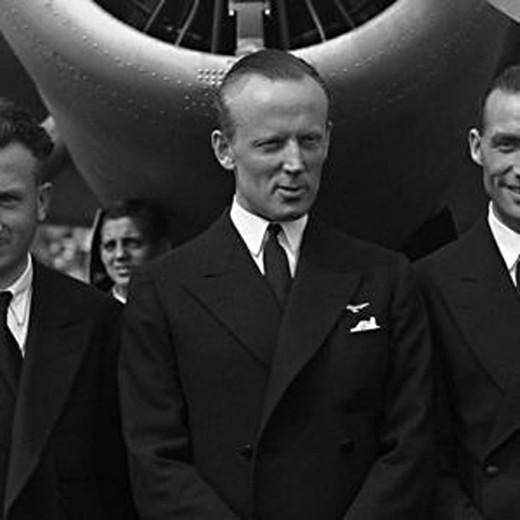
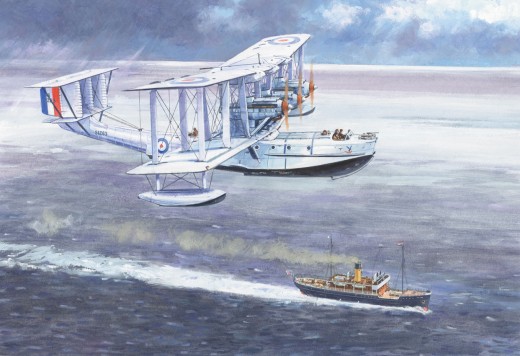

Six years after his admission to a breach of protocol...
Forbes-Sempill became technical and business consultant to the Mitsubishi Heavy Industries from 1932-36, representing them in Europe. He also became chairman, and soon after president of the Royal Aeronautical Society. In this capacity he advised overseas governments such as Australia in the creation of their naval air services.
In October, 1933 whilst in the USA he was badly injured in an automobile accident as passenger in the Dymaxian three-wheeled car. Sempill had been asked in his capacity as aviation expert to review the aerodynamic experimental vehicle at Chicago's World Fair. He was being rushed to an airport to take a plane to Akron, Ohio in order to meet the Graf Zeppelin airship for its return trip to Europe when the Dymaxion was struck by another vehicle and overturned. His driver was killed.
Sempill came into his inheritance in 1934 when his father John - 18th Lord Sempill - passed away. Now William was 19th Lord Sempill, Baronet of Craigievar. He wore his ermine and coronet, and took his seat in the House of Lords as a Conservative Peer.His wife, who had accompanied him on many of his air tours passed on a year later.
A true blue, and in common with many British peers of the time, Sempill held right-wing affinities and associated with those who sympathised with Nazi Germany, Falangist Spain and Fascist Italy. During the 1930s he had formed extreme right-wing political opinions and was active in more than one anti-Semitic political alliance, such as the Anglo-German Fellowship, the Nazi Link organisation and the Right Club led by Archibald Ramsay.
On the outbreak of war on 3rd September, 1939 Sempill was appointed to a position in the Department of Air Materiel at the Admiralty, overlooking Trafalgar Square and Whitehall. With this appointment he had access to both sensitive and secret information about the latest military aircraft. By June, 1941 MI5 had intercepted messages between London and Mitsubishi and Field Marshal Yamagata's Tokyo HQ indicating payments were being made to Sempill "in light of the use made of Lord Sempill by our military and naval attaches in London, these payments should continue". On further investigation MI5 suspected him of passing on top secret data about Fleet Air Arm aircraft. The matter was handed to the Attorney General and Director of Public Prosecutions. Yet again the Attorney General advised against prosecution on advice from Downing Street. On 5th September, 1941 Sempill attended a meeting - under four eyes - with the Fifth Sea Lord and given a strict confidential warning.
In 1941 Special Branch (Scotland Yard) arrested a Japanese businessman named Makahara on charges of espionage. On the discovery that this representative of a large Japanese enterprise was in custody Sempill telephoned and then called in at Paddington Police Station to assure the constabulary of Makahara's innocence and good character. The Japanese man was released within forty-eight hours according to established procedure. Sempill was was also probably passing on detailed knowledge about the British government. In August, 1941 PM Winston Churchill and President Franklin Roosevelt held a meeting off Newfoundland aboard the ill-fated HMS 'Prince of Wales' to discuss the military threat posed in the Far East by Japan's militaristic regime. Soon after that, communications between the Japanese Embassy in London and Tokyo were deciphered by the Bletchley Park code breakers. The decrypted messages were verbatim transcripts of the Newfoundland conference notes.
An alarmed Prime Minister remarked on seeing them, "Pretty accurate stuff". Months later more notes from Churchill's personal agenda and those from his inner circle were intercepted as they were being sent from the Japanese Embassy to their Tokyo Foreign Ministry. Privately Churchill concluded with the British Foreign Secretary Anthony Eden that only two sources could be responsible for the leaks, Commander McGrath or Lord Sempill. On 9th October, 1941 a signed note from Downing Street read, "Clear him out while time remains". The week after Sempill was told bluntly by the Admiralty that if he did not resign he faced the sack.
Sempill protested strongly and Churchill seemed to back-track. The Prime Minister told a flabbergasted Admiralty, "I had not contemplated Sempill being required to resign his commission, but only to be employed elsewhere in the Admiralty".
A later note from Churchill's aide, Desmond Morton dated 17th October, 1941 outlined the new position, "The First Sea Lord (Churchill)... proposes to offer him a post in the North of Scotland. I have suggested to Lord Swinton that MI5 should be informed in due course so they may take any precautions necessary" (far enough away from the capital and the Japanese Embassy, but there was still the telephone. He would however be safely distanced from the source of Admiralty documents).
On 13th December, 1941, six days after the Japanese carrier-borne assault on Pearl Harbor, Sempill's office was raided. A search showed various secret documents that ought to have been handed back to the Admiralty archives three weeks earlier. Two days later Sempill was found in the act of making phone calls to the Japanese Embassy. Despite evidence of treason no action was taken against him under the Treachery Act, 1940 and he 'retired' from public office.
Military Intelligence - MI5 - on the trail at Bletchley Park, to monitor communications and security leaks
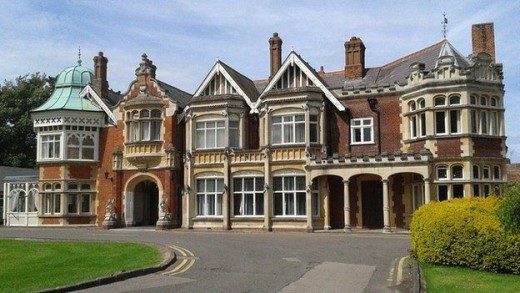
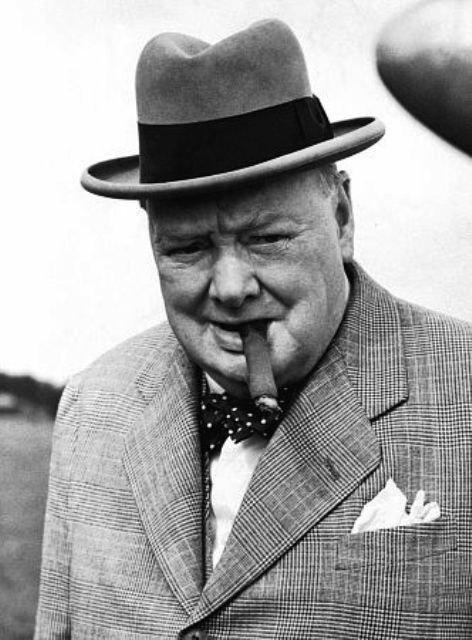

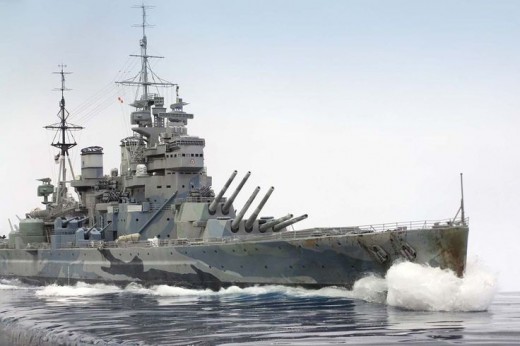
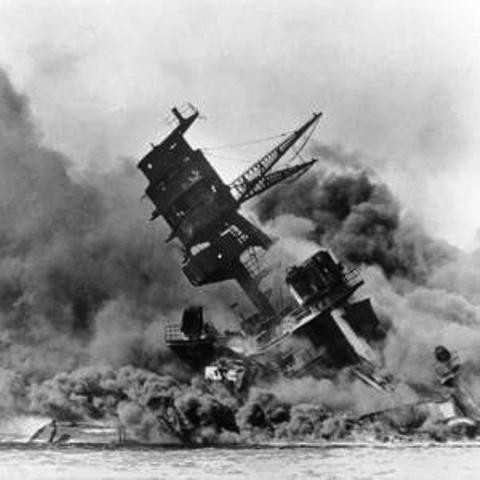
In 1956 the Swedish Government awarded him the Order of the Polar Star.
At various times after WWII Sempill was president of the British Gliding Association and of the Institute of Advanced Motorists. He died on 30th December, 1965, outliving Churchill by around eleven months (the former PM died 24th January, 1965). On his death his titles were split between daughter Anna, who inherited the Lordship of Parliament - as this title could be passed down either the male or female line - and younger brother Ewan who received the baronetcy.
It was not until the release of intelligence records by the Public Record Office in 1998 and 2002 respectively that the full extent of Sempill's activities became known, as a spy during the 1920s and WWII. His motives remain unclear. The National Archives show "that on the evidence of these (1920s) files", Sempill's activities for the Japanese were less from any desire to help the enemy but more motivated by his own (sic) "impetuous character, obstinacy and flawed judgement". In correspondence from the early war years between Churchill's office, the Attorney General and the Director of Public Prosecutions it is noted that Sempill had debts and an overdraft in excess of £13,000 (equivalent to £750,000 in 2012).
Honours received by Sempill during his 'illustrious career' were the Air Force Cross (UK), 3rd Class of Commander In The Order Of The Rising Sun (Japan) and the Order Of The Polar Star (Sweden).
[Sempill could count his rank as a life-saver. There were other traitors during WWII and since, who were duly executed by hanging. The death sentence for capital crimes (including treason) could be applied. The Commons, Lords and the Head of State (Monarch) would have to ratify it, although at present it is unlikely any other punishment than a prison term life sentence would be handed down in a court of law].
Do you think it right that rank should stand between a traitor and punishment?
Should an aristocrat or other high-born person be subject to rigour according to the laws of Treason? (Death sentence)
© 2016 Alan R Lancaster

